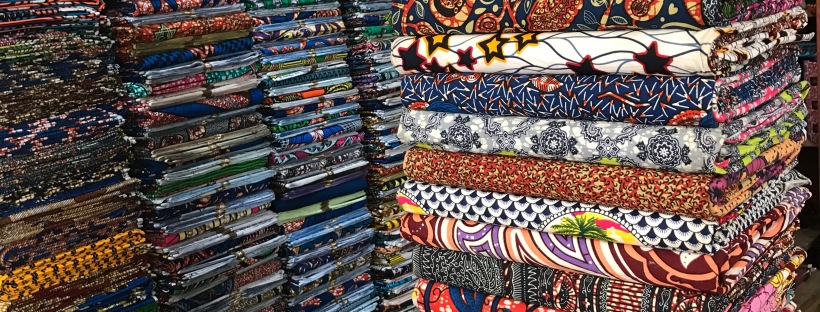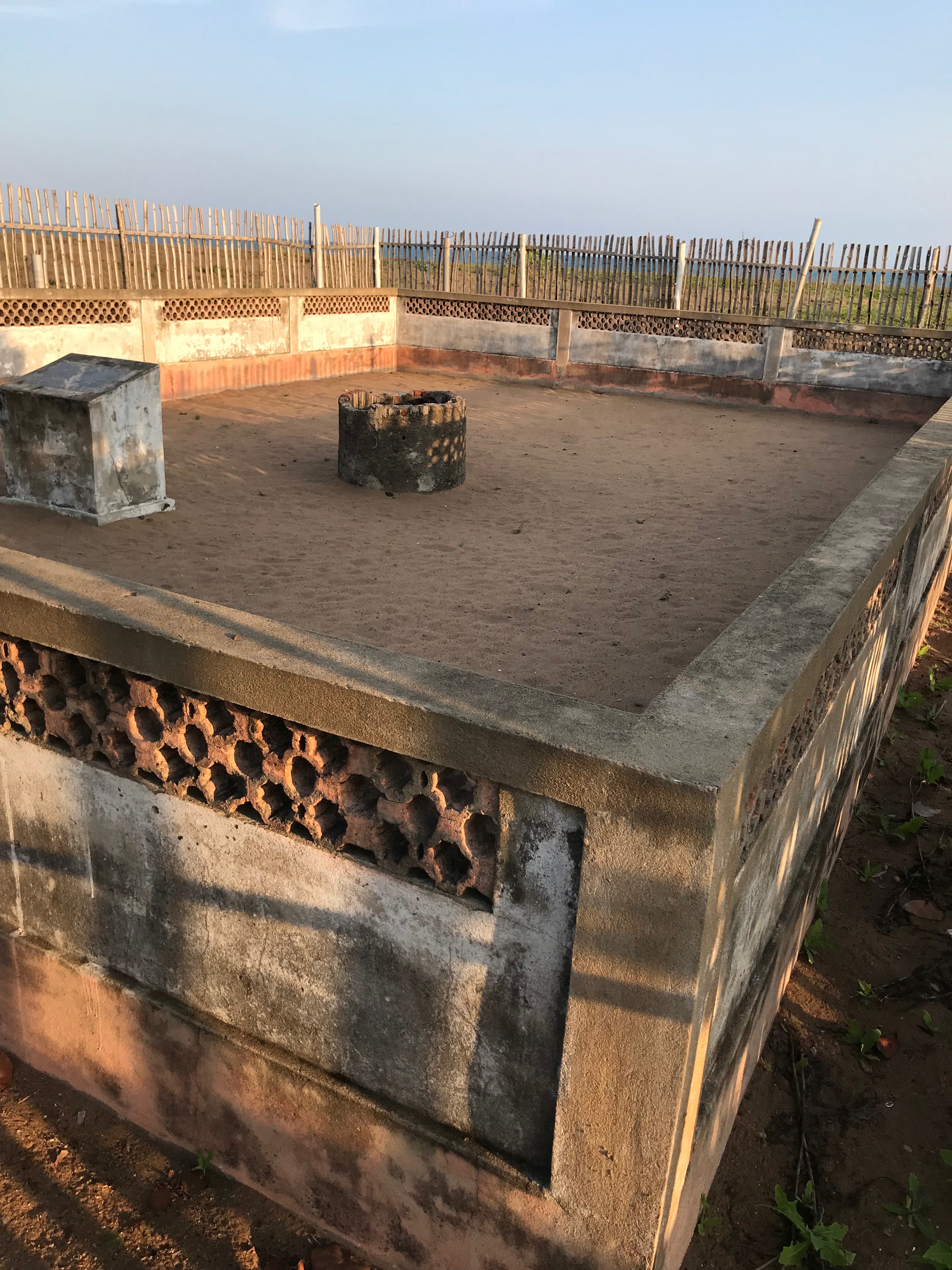I cut my teeth on Americana. We are loud, proud, and fiercely independent. We don’t need anyone, don’t ask for help, won’t stop for directions, and heaven help us if someone tries to tell us what to do.
It never occurred to me that there was any other way to be, until I came to Africa, where my extreme individualistic culture ran headlong into a collectivistic culture. And that’s when I really learned to appreciate the beauty in letting go of self and seeing myself as part of a larger community.
Let me paint you a picture.
It is 10 AM on a Wednesday and I am in church. I made an effort today. It was work to get here. I’m an individualistic American with stuff to do. But my life in Togo is already pretty isolated. We don’t work in one particular church, but are in different churches every week. So I don’t have many opportunities to build real relationships. COVID has made this worse.
Bottom line: this individualistic American with stuff to do got lonely. So I put on my African clothes, tied up my hair, got a taxi, and showed up for a Women’s Ministries prayer meeting at Temple du Calvaire, in Lome, Togo. It’s the second week they are allowed to meet again, as long as social distancing precautions are observed.
I’m late- they’ve been praying since 8 AM. But it’s okay. Madame Mitré, the pastor’s wife, is glad I’m here. She’s wearing a mask, but I can see her eyes smile, and I hear the greeting. “Hello Cherie!” She makes a space for me, keeping the social distance rules in place, and then turns and raises a hand, signaling to another lady across the room. Within a minute, I have a translator, sitting beside me to translate everything going on around me into French.
Speaking of languages, there are at least four being used in this room. There is French. There is Ewe, the local ethnic language. There is, I think, Igbo, the ethnic language of south-eastern Nigeria. And occasionally, when the speaker is a Nigerian, there is English.
It’s natural. It works. Depending on who is speaking, different ones among them translate for each other. They call out help and corrections. I think about how naturally they make sure everyone in the room can understand. Everyone is included. Everyone matters.
I can’t help but wonder why bilingual inclusion is still even a controversy in the US.
As I join in the prayers, my translator explains that we are praying for Madame Kpante. She is the Women’s Ministries director and they call her their Mama. I know her. We used to work with her husband when he was the children’s ministries director. He was killed in a car accident in 2009, and she is widow with children. She’s in the hospital, they tell me. She’s been there for two months.
I am so sorry to hear this and I add my prayers to the others. My own head is bowed. My voice is quiet. But that is not the way West Africans do it. They call out to God.They sound desperate because they are desperate. They move around the room. Every few minutes, they ring a bell, call everyone back to order, and give another brief word of encouragement. One of the leaders says, in no uncertain terms, that we are going to cry for our Mama, because the ladies of her church will cry with their sisters when they are suffering.
I don’t think I’ve ever been instructed to cry before.
I’m so humbled. This. This is community in action right here. To come and sit in suffering. To bring a sister to Jesus when she cannot bring herself and to cry with her. Independence and self-reliance won’t do her any good right now. She needs community. She needs friends to bear her burdens, and to sit with her in suffering without trying to explain it away. To have faith on her behalf when her faith is weak.
And because she lives in a collectivist culture, she has it, right here. It is a beautiful example of the strength in collectivism, and only highlights what I can learn from my cultural hosts.
We pray for an hour and fifteen minutes, for this one specific need.
And then, we take an offering to be given as a gift to Madame Kpante’s children. Right now, they have been taken in by various members of the church. This offering is to help them with food, with clothing, with whatever costs they may have while their mother is so sick. And while I watch every woman in the room drop something into the box, the word “community” pops into my head again. Many here have taken financial hits during the COVID crisis. Seamstresses with no clients, grocery stores with no customers. Goods prices rising, and jobs lost. But they all give, together, to meet the needs of one of their own.
It reminds me of another collectivist culture. The early church.
And with great power the apostles were giving their testimony to the resurrection of the Lord Jesus, and great grace was upon them all.
There was not a needy person among them, for as many as were owners of lands or houses sold them and brought the proceeds of what was sold and laid it at the apostles’ feet, and it was distributed to each as any had need.
Acts 4: 33-35
When it is over, and I get into a taxi by myself to go home, to my waiting “I’ll do it myself” tasks, I can’t help but think about how each culture has its strengths and weaknesses, and how that fiercely independent, bootstrap-pulling-up-by Americans are missing out on something important.






































































